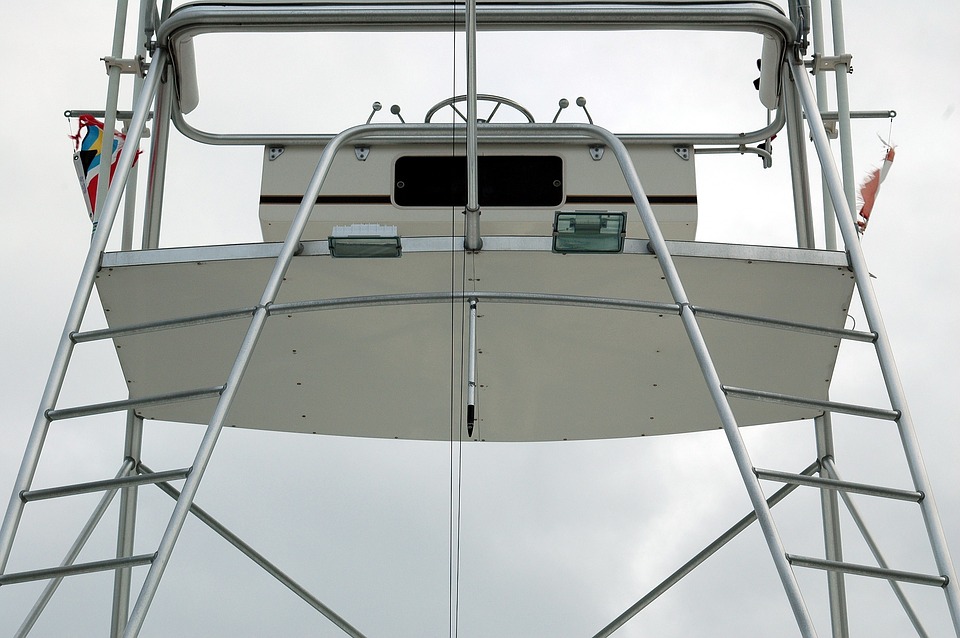
Everything You Need to Know About Portland Oregon Fishing Charters
Everything You Need to Know About Portland Oregon Fishing Charters
Portland is a unique area to visit for various reasons, especially for anglers. There are numerous fishable rivers around the area, from the Columbia River down to the Willamette River. That’s why you can find numerous Portland, Oregon fishing charters around to give you the best fishing trip of the season!
But before you go on to Portland, Oregon, what should you know about the fishing scene? This article will show you what to expect when fishing in Portland, Oregon, and why you need reputable fishing charters for your trip. Read on!
Everything You Need to Know About Portland Oregon Fishing Charters
With so many fishing opportunities in Portland, you’re probably a bit overwhelmed with all the information. Let’s cut it down to different sections and show you the basics to prepare you better when in the area.
Where to Fish
Here are some of the more popular rivers in Portland, known for their excellent fishing opportunities:
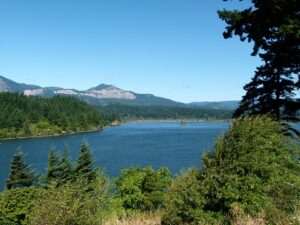
Columbia River
The Columbia River is one of the largest rivers in the US and one of the more popular ones for fishing. It runs right through Portland, where you can find a ton of salmon, sturgeon, and steelhead. Here, you’ll also find many guided fishing charters to help you locate and catch a ton of fish.
Willamette River
This river is known for bisecting Portland into west and east sides and being one of the US rivers that have salmon and steelhead fishing opportunities in large metropolitan areas.
You can find boaters drifting beneath bridges to find salmon and steelhead, as well as shad, smallmouth bass, and sturgeon. This is another popular area where you can find fishing charters for hire.
Clackamas River
Find a lot of native Chinook and Coho salmon, summer and winter steelhead, and many trout varieties in the Clackamas River. It is popular among anglers all year long, even having a boat ramp nearby.
Sandy River
Sandy River attracts a lot of people, including fly and baits fishers. The calm waters would also attract rainbow trout and winter steelhead, along with Chinook and Coho salmon.
Wilson River
This is one of the best areas where you can catch Chinook salmon and steelhead. Wilson River would flow west, and through Tillamook State Forest, where you can find campgrounds and day-use areas, anglers can take advantage of to access the river easily.
Where Else to Fish
Of course, there are so many other lakes and parks to go to for fishing as well, such as:
- Bethany Lake Park
- Gilbert River
- Lewis and Clark State Recreation Site
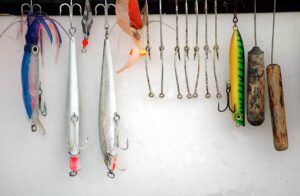
What Fish to Catch
Here are some of the best fish you can catch when around Portland, Oregon:
Salmon
Portland is also popular for its salmon runs every year, which starts with the spring chinook salmon. That’s why many Portland, Oregon fishing charters begin their operations come mid-March, so clients can get their hands on some Chinook salmon to show off to their friends.
During the summer, sockeye and chinook salmon come along, found in Columbia River and similar areas, you’ll find summer steelhead. Come fall season; the Coho salmon comes out with more Chinook salmon!
Steelhead
While smaller than salmon, steelhead can put up a fight, so you get to have a fun day fishing when targeting this fish species. They look similar to salmon, but steelhead is rainbow trout that made the run to oceans and back. There are two types of steelhead seasons in Portland.
There is the summer steelhead, where they weigh about 6-12 pounds on average. There is also the winter steelhead, where they weigh about 8-12 pounds on average.
Sturgeon
Sturgeon look like prehistoric fish and are commonly found in Columbia River and Willamette River bottom feeders. These fish can grow up to 12 feet long and reach up to 150 years, hence their prehistoric appearance!
When in Portland, sturgeon fishing is from November to June and given their size, expect a ton of action as you try reeling them in. You’ll be wrestling oversized sturgeon, and when you do get to catch it, it will be a sight to behold!
Portland Oregon fishing charters offer trips where you can get the opportunity to catch spring salmon while also battling it out with huge sturgeon, making it fun for all types of anglers.
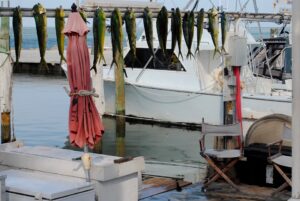
Why Hire a Portland Oregon Fishing Charter?
Now that you know where to fish, the type of fish to expect, and when to find them, the next question is: Why hire Portland Oregon fishing charters?
Here are a few things to learn about Portland, Oregon, fishing charters, which can help make your trip a more memorable one:
They offer transportation
Portland Oregon fishing charters already have the boat ready, with a licensed captain, professional crew, and amenities that children and adults will appreciate. All you need to do is sit back and relax without worrying about maneuvering the boat.
You have a guide and gear.
The professional crew and captain will know where to go, having driven around the Portland waters for years. There’s no risk of getting lost or going to areas without fish, so you don’t waste time and energy.
Furthermore, they have high-quality gear available for you to rent and use, with the crew teaching you how to use the gear and what technique to try on the fish you want to catch.
There’s no need to prepare for anything.
As mentioned, you already have a boat, the crew, and even fishing gear. The only thing you’ll need to prepare for is your budget and yourself, as well as some food. That said, some fishing charters even include food in their packages!
Wrapping It Up
Hopefully, you learned a lot about what it’s like to fish in Portland, Oregon. If you would like to hire fishing charters for your next trip, feel free to contact us to acquaint you with the different services we offer.
Schedule your Oregon Fishing Charter Today!
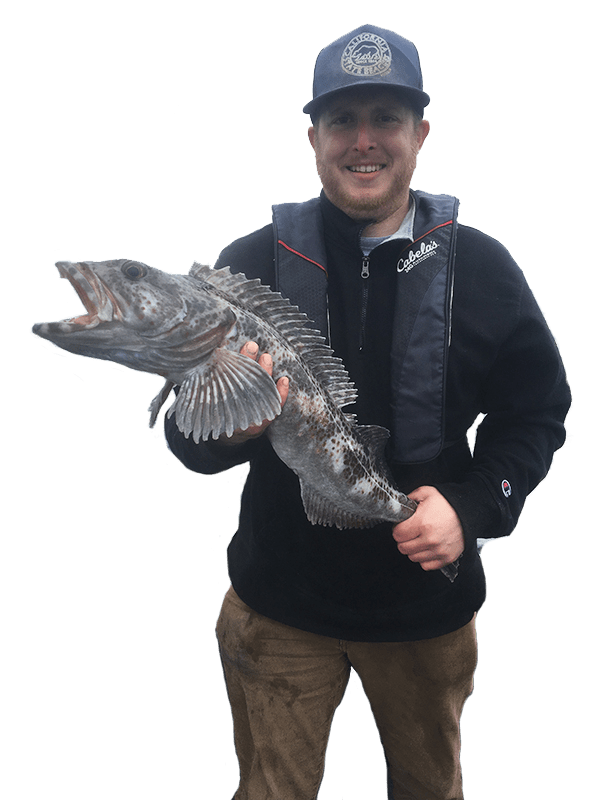

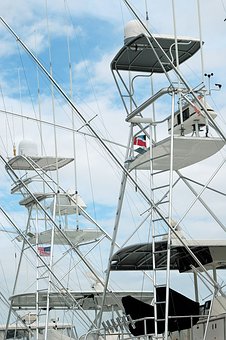
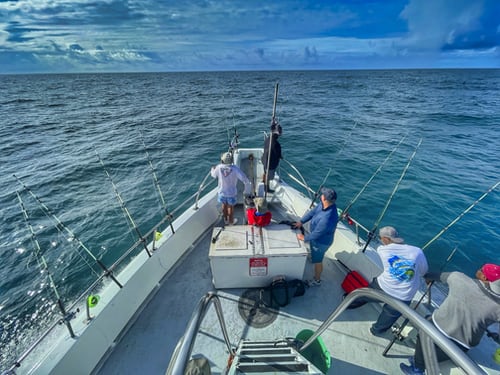
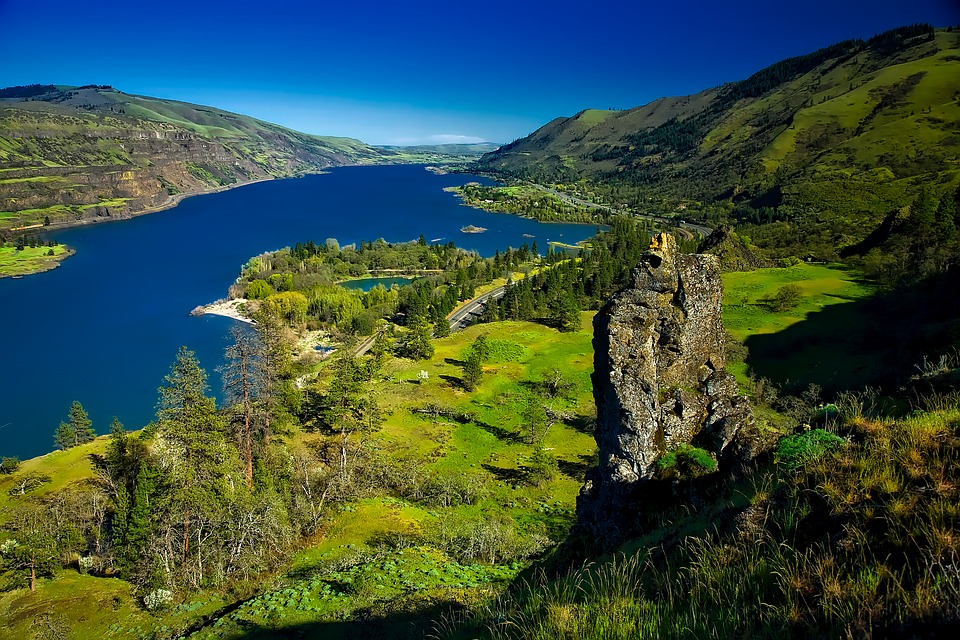
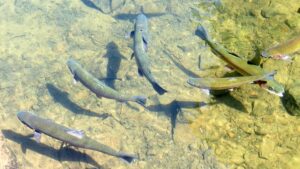
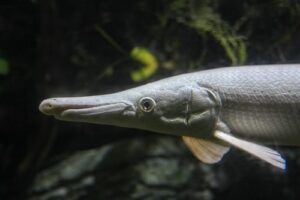
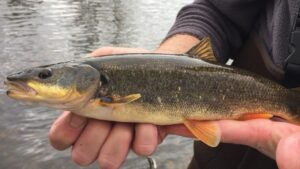
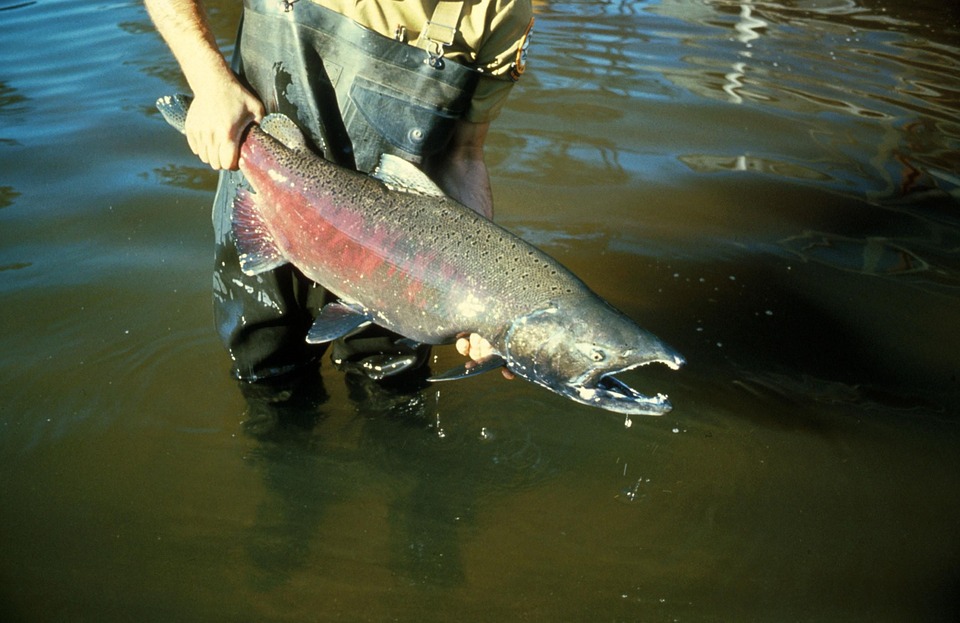
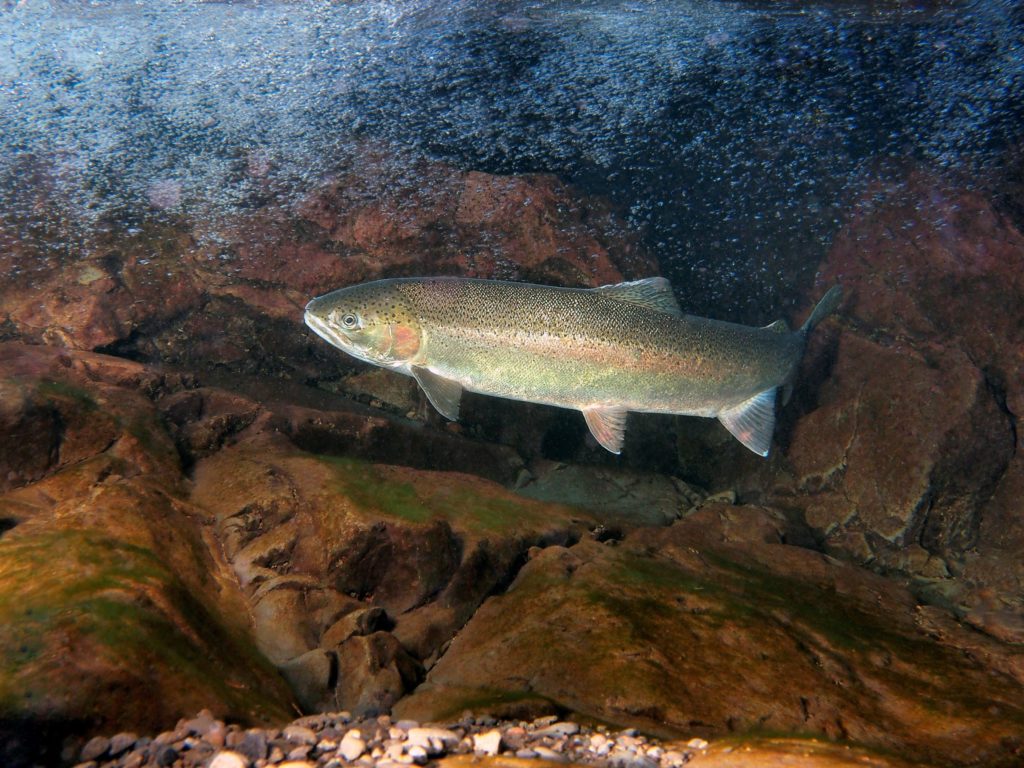
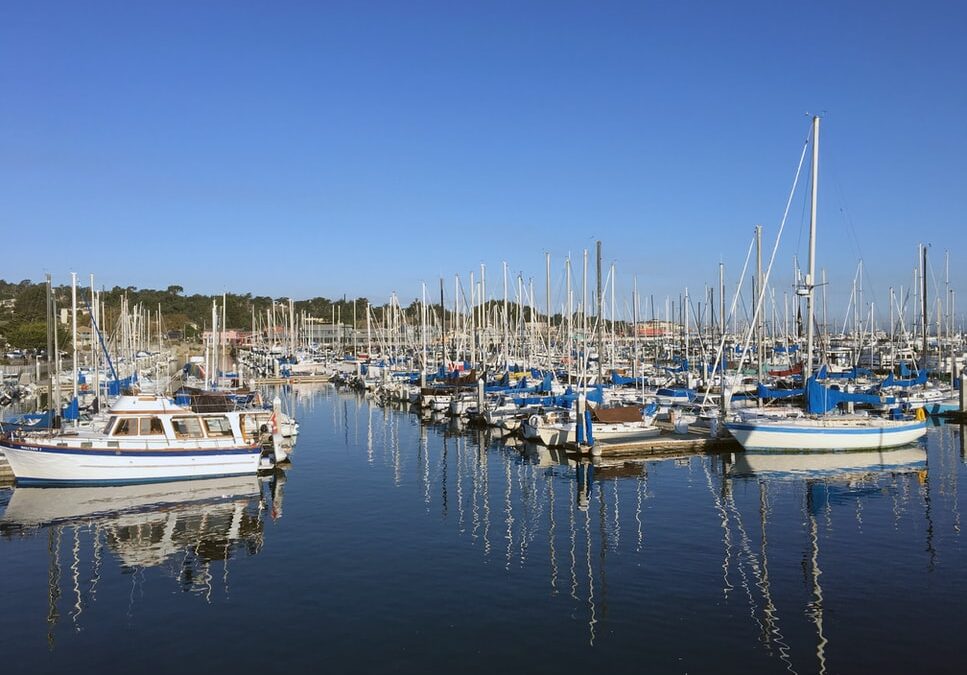
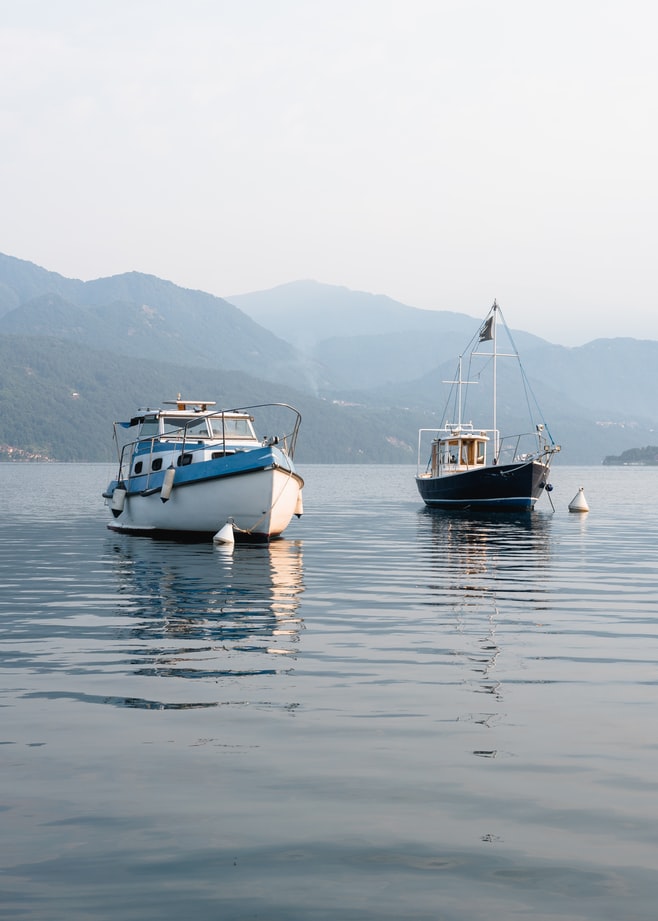
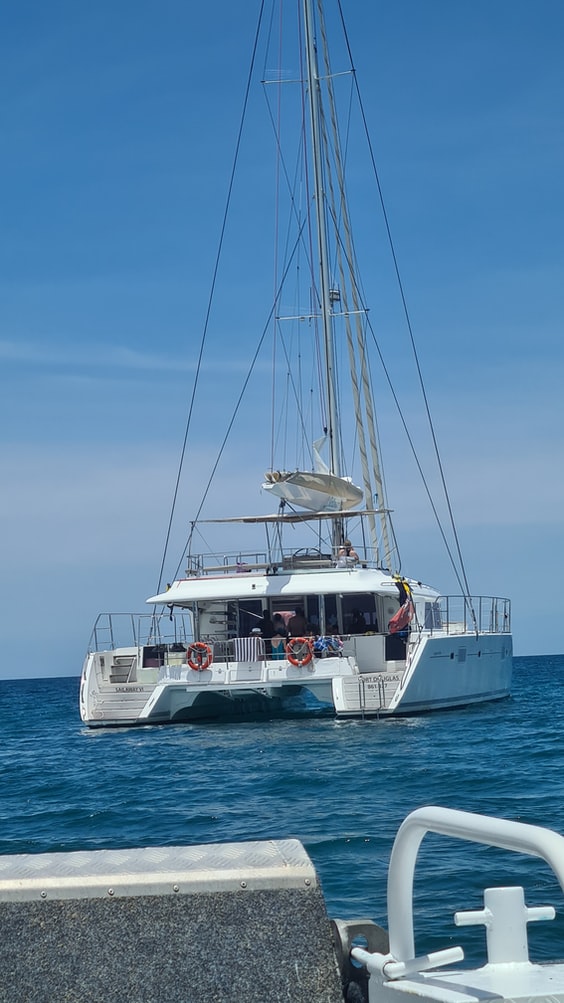
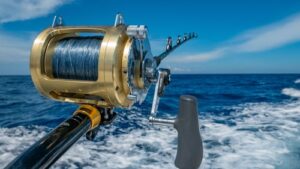
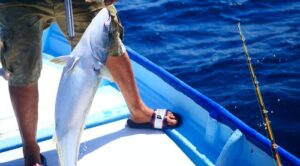
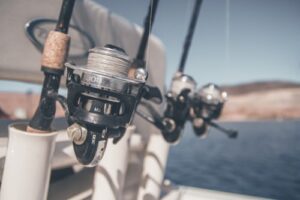
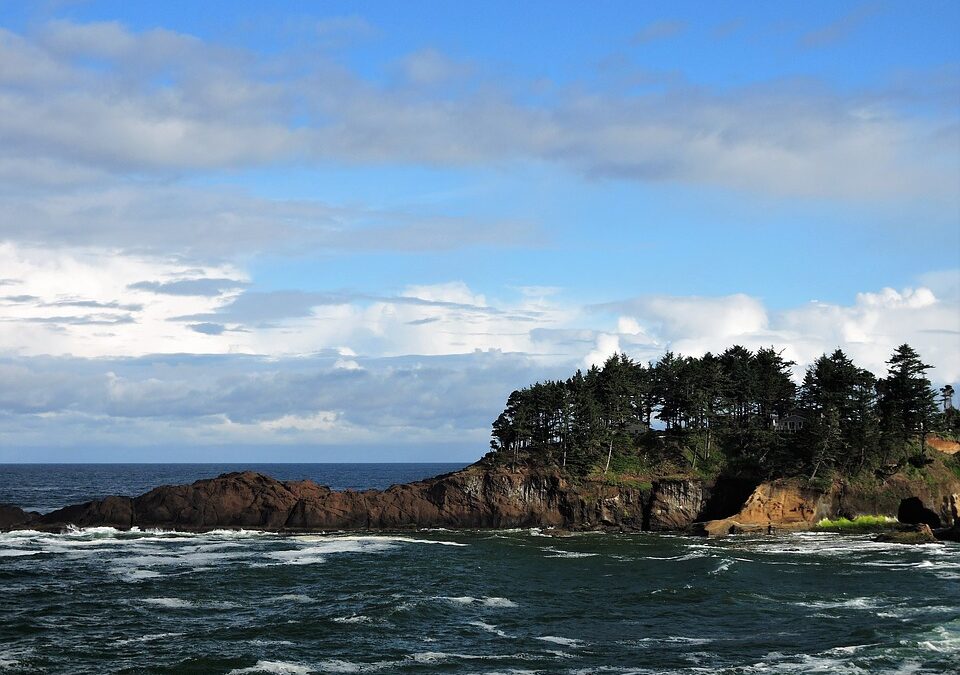
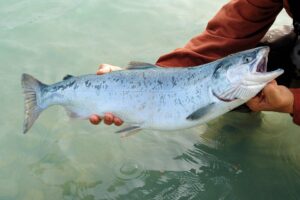
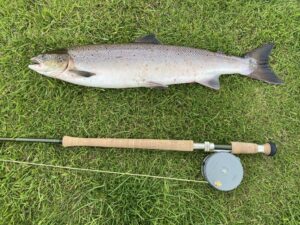
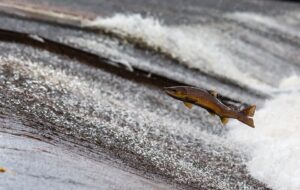
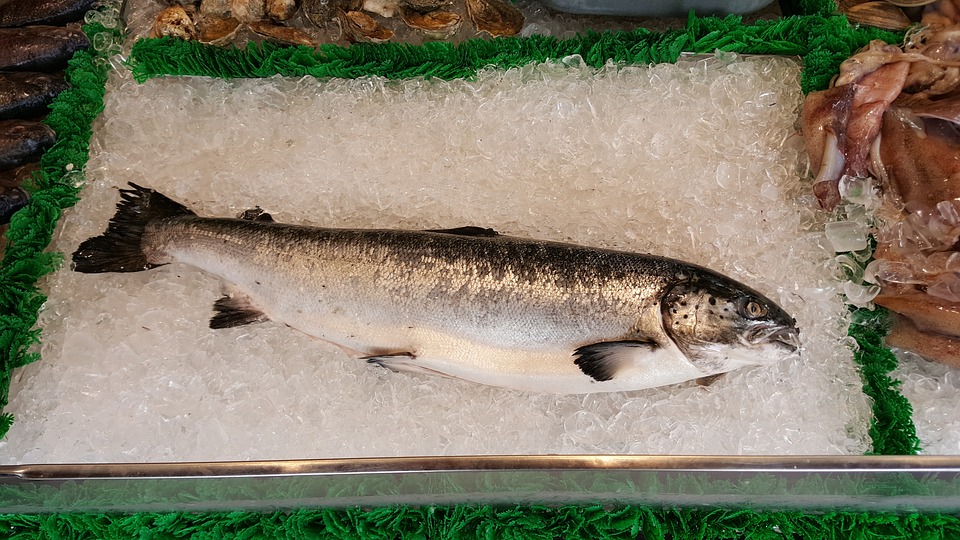
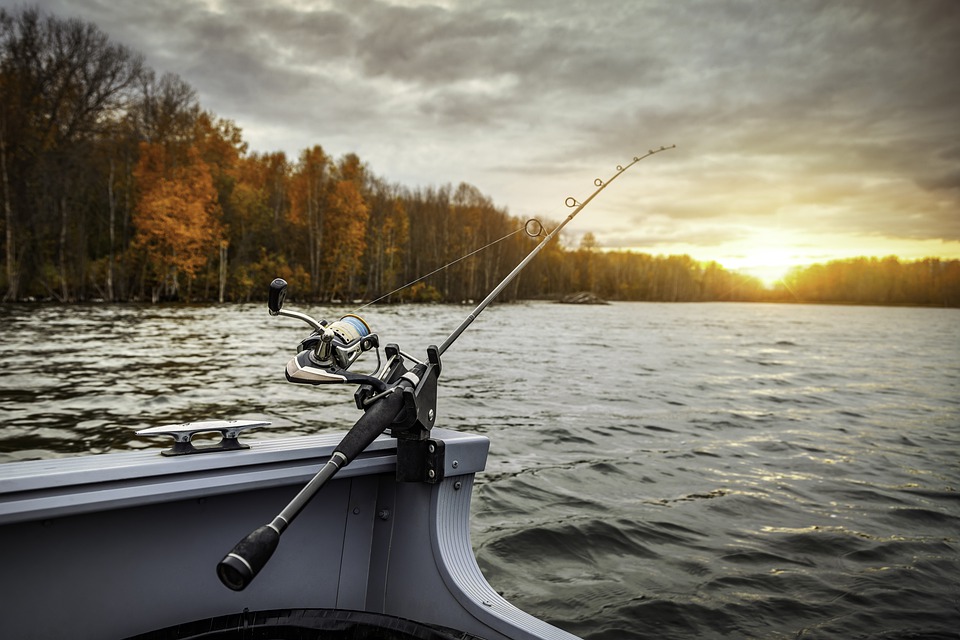
Recent Comments